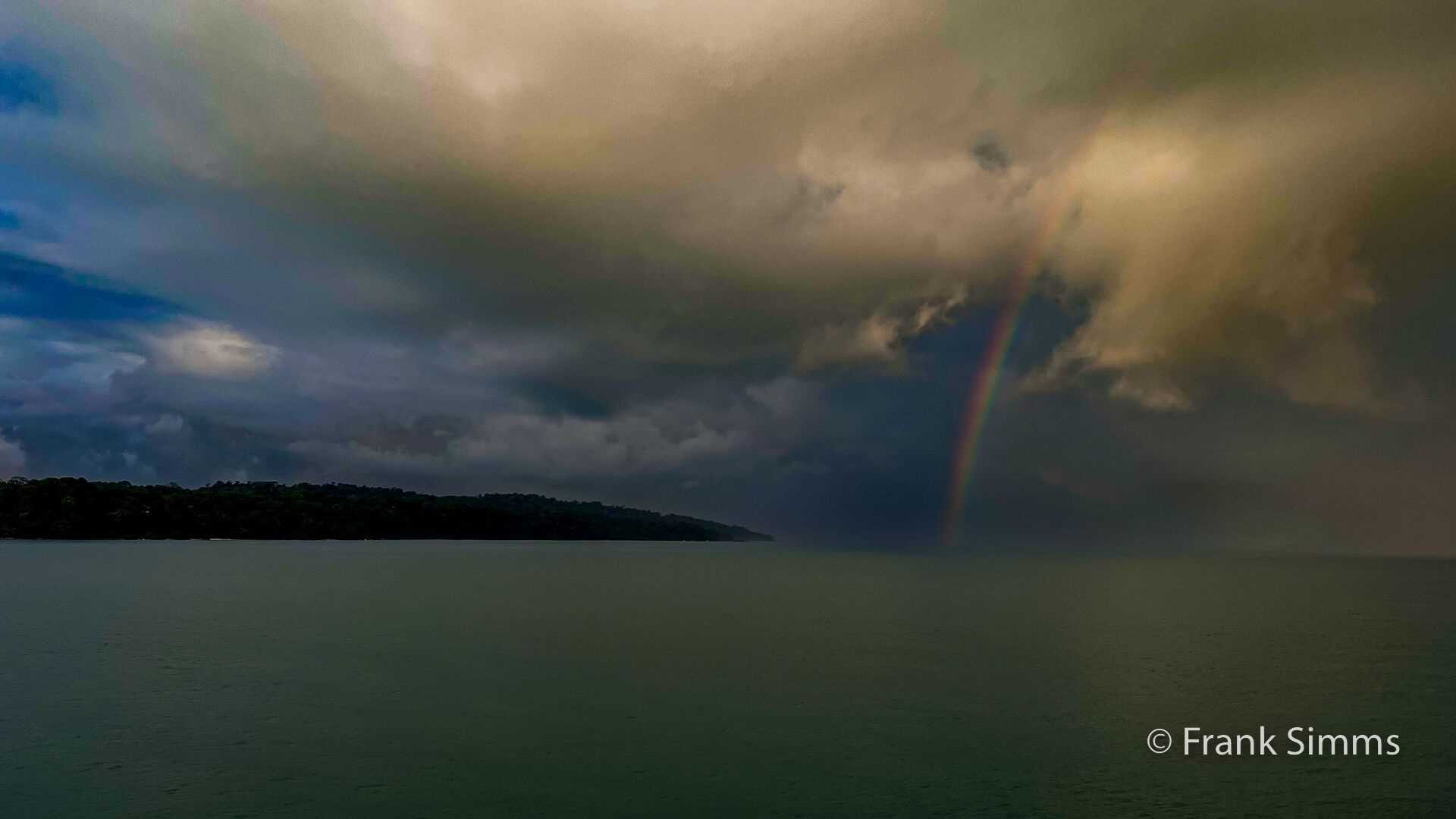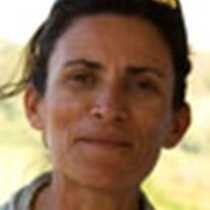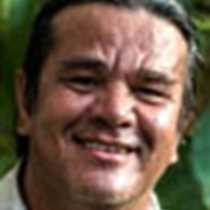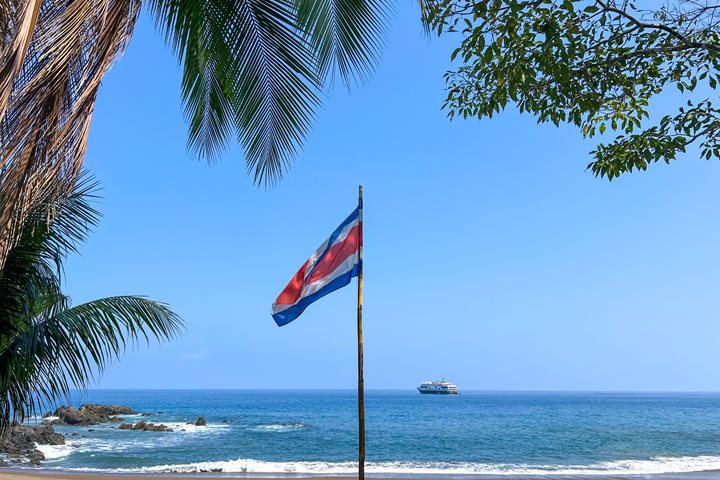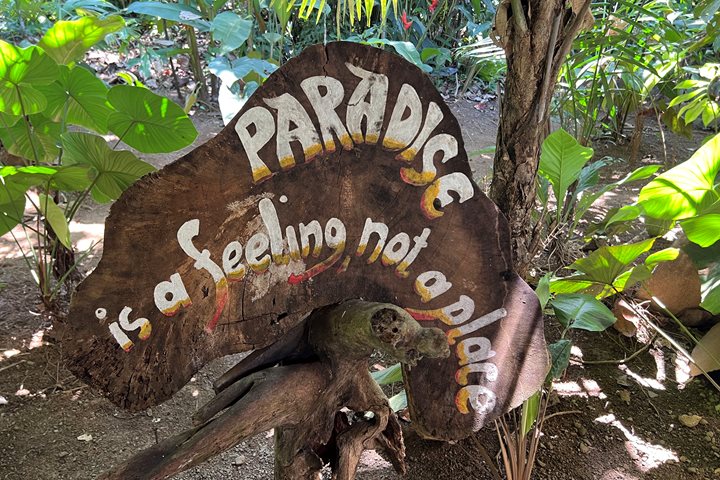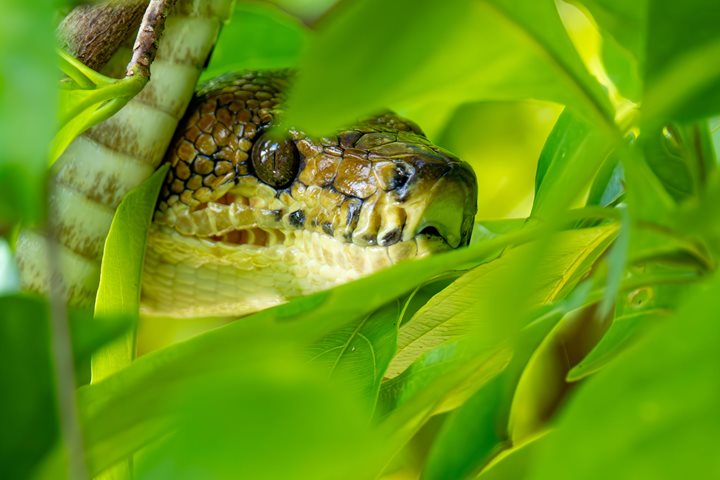The first day of our adventure began quite early. We set out to explore a very picturesque and tidal-dependent river called Agujitas. The river is named for the abundant needlefishes that call it home. Aguja is the Spanish word for needle. We saw various shorebirds, a two-toed sloth, iguanas, and basilisks, or Jesus Christ lizards. Right after lunch, we repositioned our vessel and took various hikes and walks along Caletas Beach. Long walks, forest treks, and nature walks gave us the chance to explore the area and take great photographs.
3/20/2025
Read
National Geographic Quest
Caletas Private Reserve and Corcovado National Park
Over five days ago, we began our journey in Panama and now we’re on our last day in Costa Rica. We decided to explore one of the most important areas in terms of biodiversity, the Osa Peninsula. The Osa Peninsula is home to approximately 4% of the biodiversity in the world. For many years, people tried to mine the area because it is very rich in minerals, specifically gold. Over thirty years ago the government of Costa Rica decided to promote the country as a tourist destination and today it is a pioneer of sustainability in Central America. We began our morning activities offering different options for our guests. The first activity was a coastal walk, and some had the opportunity to see a boa, a white-throated capuchin monkey, and a mantled howler monkey. In the afternoon, part of our group chose to go for a waterfall hike led by our naturalists, and they finished at a swimming hole where they took time to relax and enjoy themselves. Other guests took the long Pargo trail where they saw a Central American spider monkey, and a tapir, one of the most difficult animals to see in the tropics. We finished our day with an amazing sunset from the bow of the National Geographic Quest , a great end to a great day.

